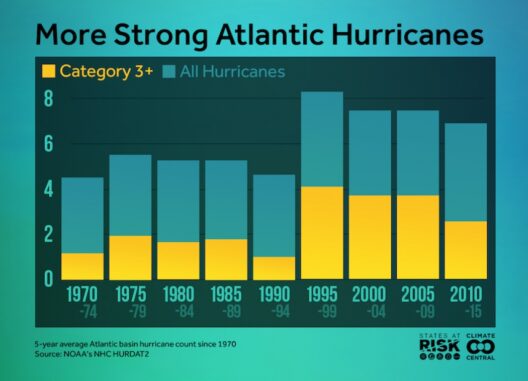When we think about physics, particularly regarding the behavior of energy, complex phenomena like shock waves emerge as captivating subjects of study. Shock waves occur when an object moves through a medium at a speed greater than the speed of sound in that medium. This creates a fundamental question: Is energy conserved across a shock wave? This inquiry not only piques curiosity but also leads to a broader examination of energy transfer and conservation principles in various contexts.
To delve into the intricacies of energy conservation across shock waves, it is essential to first understand how a shock wave manifests. When a vehicle accelerates beyond the speed of sound, the disturbances in the surrounding air cannot propagate ahead of the object. This results in a compressive wave that forms behind the object, establishing a cone-shaped region known as a Mach cone. These waves carry immense quantities of energy, leading to dramatic pressure changes and temperature variations in the medium they traverse.
Central to our inquiry is the principle of conservation of energy, which states that energy cannot be created or destroyed but only transformed from one form to another. When an object generates a shock wave, kinetic energy is converted into thermal energy, sound energy, and potential energy in the form of pressure gradients. The question remains: has energy been conserved during this transformation, or is some of it lost to the environment?
As shock waves propagate, they exhibit a range of behaviors based on the medium and conditions. In an ideal world, one might assume energy is conserved in its entirety. However, the reality is more nuanced. Energy dissipation occurs due to various factors such as viscous drag and acoustic radiation. These losses can appear insignificant at first glance but can substantially affect the entire system’s energy balance, particularly in high-energy, low-viscosity mediums where minimal resistance allows for more pronounced transformations of energy.
The ramifications of energy conversion during shock wave propagation extend beyond basic physics. Consider applications such as aerospace engineering, where understanding how energy dissipates during flight can lead to advances in materials and structures designed to withstand extreme conditions. On the other hand, in fields such as astrophysics, where shock waves from supernovae and other cosmic events are analyzed, the scrutiny of energy conservation becomes pivotal for understanding stellar evolution and the distribution of elements across the universe.
To increase our understanding, it is crucial to analyze the mechanics of shock wave formation further. The classical theory, developed by scientists like von Neumann and Rankine, illustrates that, under certain conditions, energy can appear to be conserved before and after the formation of a shock wave. However, discrepancies arise when we account for the irreversibility of certain processes that develop within the shock front. Shock waves are characterized by abrupt changes in material properties including density, pressure, and temperature. Such discontinuities inevitably lead to the generation of entropy, and entropy production is closely associated with energy degradation.
It’s also noteworthy that shocks can serve beneficial purposes. For instance, controlled shock wave techniques utilize this energy dissipation. Applications include shock wave lithotripsy, a medical procedure utilizing shock waves to disintegrate kidney stones. In such scenarios, the shock wave channels energy in a targeted manner, resulting in a localized effect while dispersing superfluous energy. Clearly, energy, while transformed, showcases its ability to be harnessed effectively.
A delicate dance occurs between energy conservation and dissipation across shock waves. As we grapple with this complex interaction, it becomes evident that energy conservation principles remain intellectually satisfying yet practically elusive when considering high-energy phenomena. When examining the dissipative nature of real-world processes, one might wonder about the practical implications of energy conservation in everyday technologies. Can designs that minimize energy loss during shock generation lead to more efficient applications? This leaves us with a tantalizing prospect for engineers and scientists alike.
Moreover, a further layer of complexity arises from nonlinearities in shock wave behavior. Linear assumptions often fail when applied to high-energy scenarios, leading us to realize that traditional conservation models may not be adequate. Waves can interact, merge, or reflect, resulting in new formations that redistribute energy in unpredictable ways. Such behavior beckons us to reconsider well-established theories of energy conservation in light of modern research and applications.
As our world becomes increasingly reliant on technology that relies on principles of physics, understanding energy conservation across shock waves holds potential benefits that reach far beyond theoretical applications. It invites innovation and creativity in engineering designs across industries from aerospace to renewable energy sources, where shock waves might play a role in developing cleaner, more efficient systems.
Ultimately, while we may not arrive at a definitive answer to whether energy is wholly conserved across a shock wave, this inquiry calls upon us to broaden our perspectives on energy dynamics. It urges exploration into the manifestation of energy in various forms, alongside the transformations that accompany hybrid systems. In our quest for sustainability, understanding these nuances can offer invaluable insights into how to optimize energy usage and minimize waste in an increasingly energy-conscious society.






